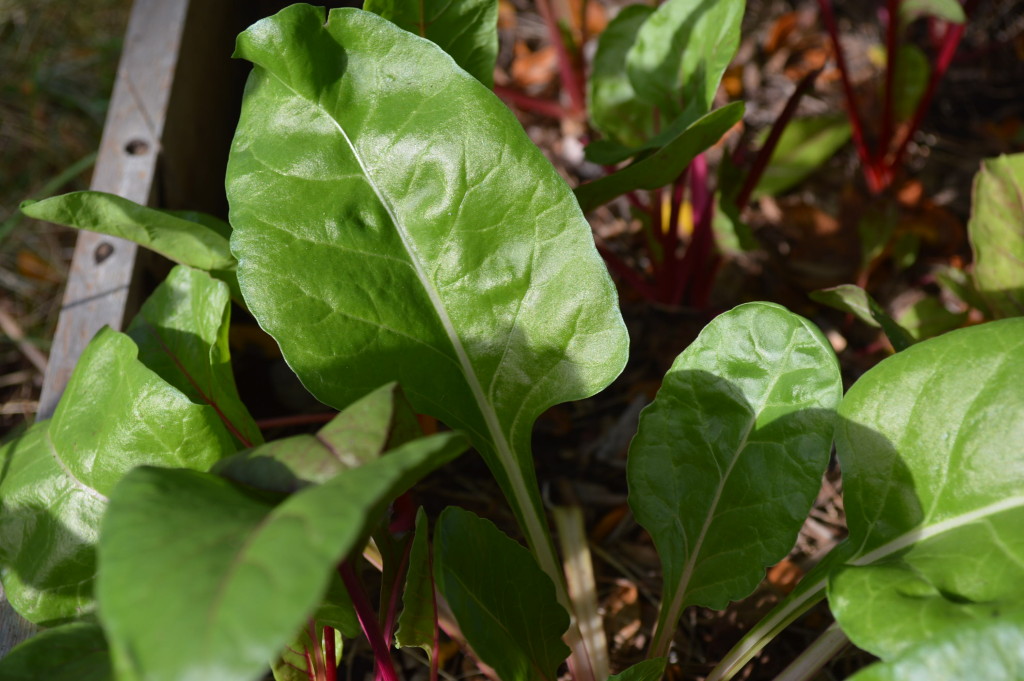
Fresh vegetables can be grown at home in raised beds that are installed in the fall. (photo/Cindy Hadish)
By Cindy Hadish/Homegrown Iowan — It might seem like the end of the gardening season, but you can get a jump-start on spring by preparing a raised bed now.
Besides providing a fresh source of veggies that are as local as it gets, you can eliminate sections of lawn, which reduces the need for labor-intensive mowing. In the cases of homeowners who also use chemicals and watering, both of those are reduced, as well, along with the noise and air pollution that accompany gas mowers.
I installed my first raised bed a few years ago and it still is functioning well, though I did move it to add one extra component, after critters decided to dig their way underneath. For that, I’d advise using chicken wire or other mesh wiring for the first layer. Since adding that, I haven’t had any trouble with whatever it was that dug up my plants.
You can find raised beds online and in retail gardening centers or you can make one of your own with a simple wood frame. Both of mine were purchased.
Here are easy steps for preparing a raised bed this fall, to be ready for next spring:
Step 1: assemble the raised bed.
Step 2: lay down chicken wire; move bed on top.
Step 3: layer newspaper (I stay away from the glossy “slick” ads.) This layer will kill the grass and weeds underneath, so there is no need for tilling.
Step 4: layer leaves and other compost. Because you are preparing the bed in the fall, these layers will further decompose in the coming months.
Step 5: add topsoil.
Step 6: mix in peat moss, being careful not to breathe in the dust, which can be a lung irritant. Raised beds are a bit notorious for needing extra water, so the peat moss helps to retain moisture.
Step 7: add another layer of leaves on top or cover with an inexpensive screen to keep neighborhood animals from using the bed as a litter box.
The bed will be ready to plant in the spring. I’ve used old windows on top as a cold frame to get a head start on the season. Also, bird netting can be useful when the plants are small to keep them from being disturbed by birds and critters.
Related article: No-mow lawns
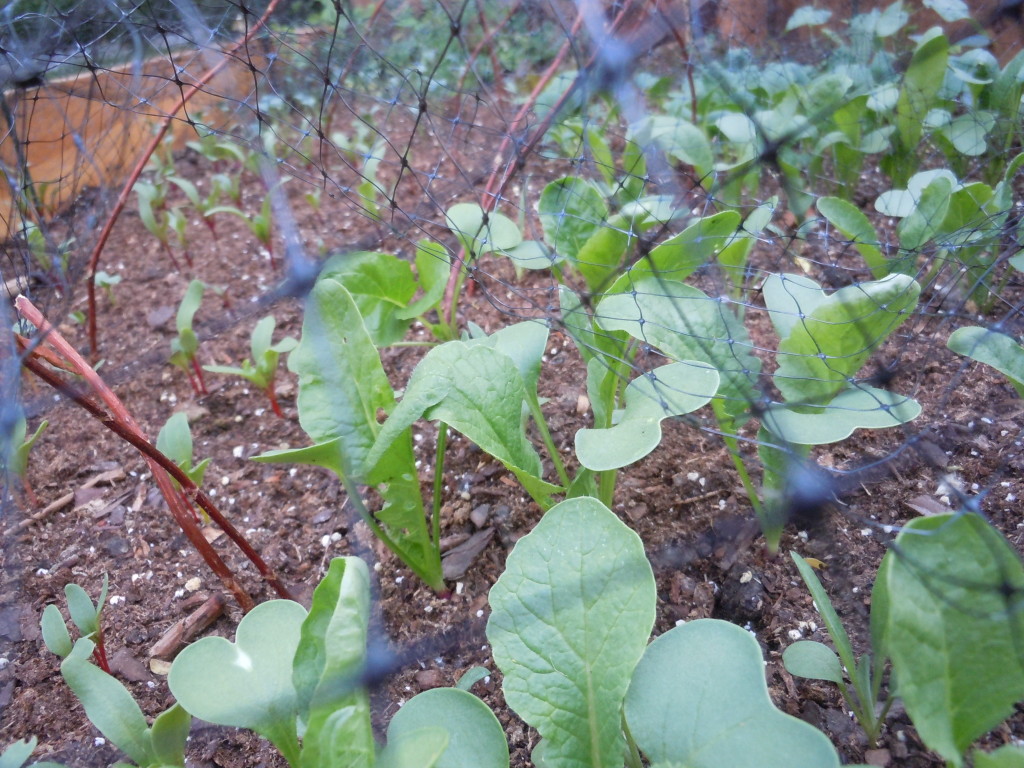
Bird netting can be used over a raised bed to protect plants when they are small. (photo/Cindy Hadish)

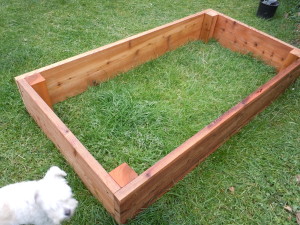
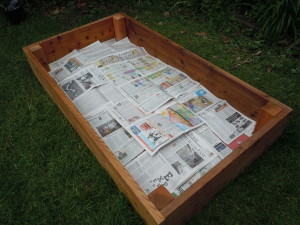
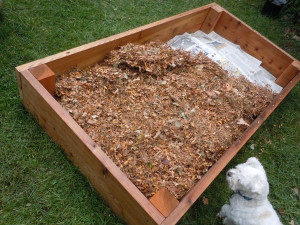
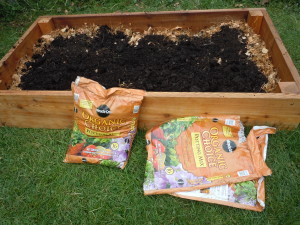
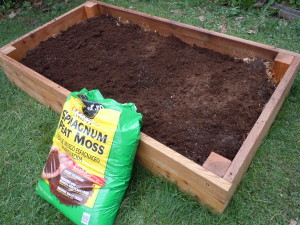
No Comments Yet